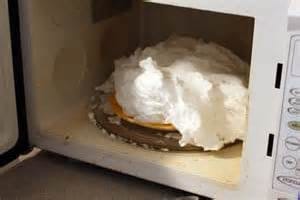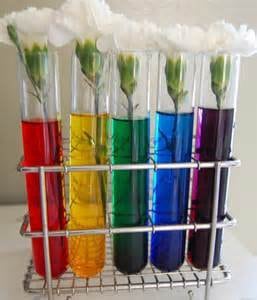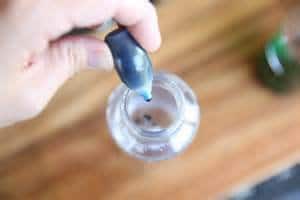5 Fun Science Tricks for Kids
Important Note: When you buy through our links, we may earn a commission. As an Amazon Associate we earn from qualifying purchases. Content, pricing, offers and availability are subject to change at any time - more info.
If you’re old enough, you remember those chemistry sets for kids filled with toxic and downright dangerous chemicals, glass test tubes just waiting to shatter and scary metal tools. Yes, they were fun, but most of the contents have been banned replaced with many safe “chemicals” you probably have at home.
Advertisement
So skip the “store bought” chemistry sets and use what you already have. Here are some fun “experiments” that are safe, don’t create a lot of mess and are fun for kids of all ages.
Volcano

Source: ssheltonimages.com Buy a big box of baking soda and a bottle of white vinegar. Fill a bowl, vase or small bottle about a quarter to one third of the way with baking soda. Or fashion a volcano from a paper cup (punch a 1 inch hole in the bottom and place the cup, bottom up, over a pile of baking soda. If you prefer to do this outdoors, you can top the baking soda with dirt, leaving a hole at the top. Pour some of the vinegar over the baking soda and watch it “explode.”
Scientific Principle: This shows the reaction between base and acid chemicals (think pH…). The acidic vinegar reacts with the base baking soda to create an unstable acid that rapidly breaks down creating bubbles as the carbon dioxide rushes out of the water.
Microwave Bubbles

Source: 9wows.com Place a bar of Ivory soap on a paper plate then put in the microwave oven. Cook on high for 2 – 3 minutes. The soap will expand into an enormous mound of bubbles. Be careful removing the plate – the soap will be hot. But let it cool off then crumble to use for hand washing delicates.
Advertisement
Scientific Principle: When gases (air) are warmed, they expand in volume. In this case, it’s because Ivory brand contains small air pockets that expand to trap water as the soap melts – creating bubbles.
Color Changer

Source: momsbyheart.net Fill a few bottles or vases about one third of the way with water. Add 30 drops of different food coloring in each. Cut the bottom of the stem of white carnations, daisies or even celery stalks (skip the water for celery stalks) the place in each container and watch them change color over the next several days. Another version of this trick is to carefully slice the stem down the middle so you can place each side in a different container. Will you get a single color or a mix? Only time will tell…
Scientific Principle: As the stems absorb the colored water, capillary action draws it into each thirsty cell which then takes on the color of the water.
Hair Raising

Source: www.classic-play.com An oldie but goodie, blow up a balloon and rub it on your hair or sweater. Hold the balloon over someone else’s hair and watch it stand up at attention. Or cut paper into small pieces and hold the balloon over them to watch them “fly” up to attach to the balloon. If you’ve got an aluminum can, place the balloon near it and then move it away as the can follows.
Scientific Principle: A classic example of static electricity, rubbing the positively charged balloon against hair or wool attracts the negative particles in those materials. Now full of negative particles, the balloon is ready to attract positively charged items like metal or paper.
Water Races

Source: www.ourbestbites.com Fill two glasses – one with hot water and the other with cold water. At the same time, place a drop of food coloring in each. The one with the hot water will change color faster. Have the kids find the ideal temperature so that each glass changes color at the same time.
Advertisement
Scientific Principle: Heat or cold affects the properties of everything – including water and its ability to absorb other liquids.

 Please Support Me on Ko-fi
Please Support Me on Ko-fi